Singapore's climate is not diverse, with low temperature fluctuations, lots of rain, and hot and humid weather all year round, so it is not ideal for raising dairy cows, which are suited to a cool, dry temperate climate.
For the above reasons, the development of the dairy industry in Singapore is considered to be costly, low-yielding and not economically efficient. In fact, Singapore imports over 90% of its domestic food consumption in general and milk and dairy products in particular.
According to calculations based on UNComtrade trade data, it can be seen that in the period 2019-2023, Singapore imported an average of 300 thousand tons of milk and dairy products per year (equivalent to about 900 million USD/year in value), of which domestic consumption is estimated at about 245 thousand tons/year (equivalent to about 670 million USD/year), the rest is re-exported to other markets.
With a policy of diversifying supply sources, Singapore currently imports milk and dairy products from many countries, including: Australia, New Zealand, the United States, Malaysia, Thailand and some European countries.
At the same time, Singapore is a regional freight transit hub, so Singapore also re-exports imported milk and dairy products to many markets, including: Japan, Bangladesh, Philippines, Malaysia, China, UAE, etc.
Regarding the types of milk and dairy products imported into the Singapore market in the period 2019-2023, the Top 3 include:
Group 040221 (Milk and cream in solid form, not sweetened, with milk fat content exceeding 1.5%) is continuously the group with the highest import value into Singapore, reaching an average of about 190 million USD/year.
Group 040210 (Milk and cream in solid form, with a maximum milk fat content of 1.5%) has an average import value of about 177 million USD/year.
Group 040120 (Milk and cream, not concentrated, not added sugar, not added sweetener, with milk fat content of over 1% up to a maximum of 6%) has an average import value of over 100 million USD/year.
In terms of exports, for milk and dairy products, in the period 2019-2023, Singapore's exports are notable for Group 040221 (Milk and cream in solid form, no added sweeteners, with a milk fat content of over 1.5%) with an average export value of over 120 million USD/year. Other groups have average export values of less than 20 million USD/year. Thus, it can be seen that, in both export and import directions, Group 040221 is the group with the most potential in milk and dairy product trade with Singapore.
Regulations and standards on milk (including regulations on the use of reconstituted milk, labels, etc.)
General labeling regulations:
According to the Singapore Food Regulations, which were last amended in January 2025 by the Singapore Food Agency (SFA) [1] , regulations related to the labeling of milk and dairy products include:
Mandatory labeling requirements:
Packaged foods, including milk and milk products, must be labeled with clear, legible information in English.
Must include the common name of the product, a list of ingredients (with the most abundant ingredient first), net quantity, name and address of the manufacturer/importer, and country of origin. From 30/01/2026, a batch identification number must also be included.
For milk and milk products, if they contain lactose, they must be clearly labeled as “milk and milk products (including lactose)”. From January 30, 2026, it will also be mandatory to list ingredients that can cause allergies on the packaging. At the same time, products that are derived from biotechnology and contain allergens must also clearly state that allergen.
However, from 30/01/2026, packaged foods with a surface area of <10cm² are allowed not to display the full contents as prescribed if that information is fully provided to the buyer in paper documents or on the website.
Nutritional Information and Nutrition Claims:
If the label contains a nutrition claim, a nutrition information panel in the prescribed form is required [2] .
For claims such as “energy source” or “excellent source of protein”, in addition to the specific nutrient level (energy, protein content, and percentage of calories from protein) being noted on the nutrition information panel, a specific daily intake must also be noted (minimum 300kcal if “energy source” or minimum 10g protein if “excellent source of protein”).
If the milk is in powdered or condensed form, the quantity used to calculate the nutritional content must be clearly stated [3] . For example: Powdered milk has a reference quantity to calculate vitamin/mineral content of 60g; Malted milk powder is 30g; Condensed milk is 180g.
In addition, milk or milk products, if fortified with vitamin A, vitamin D, or minerals, must not increase the vitamin A content to more than 750 mcg of active retinol under the prescribed reference intake, nor increase the vitamin D content to more than 10 mcg of cholecalciferol, or any mineral to more than 3 times the daily allowance.
Prohibitions/restrictions in advertising and labeling:
Do not make false, misleading or medical claims. For example, milk helps prevent disease.
Words like “raw” or “organic” should only be used if there is clear evidence and certification under an accepted system.
Food products may not be advertised or labeled as “vitamin” or “mineral” supplements if they actually contain no more than 1/6 of the daily recommended amount of these substances.
Food labels may not state that a food is “fortified,” “supplemented,” “enriched,” or imply that the product is an “excellent source” of nutrients if the product actually contains no more than 50% of the daily value of those nutrients.
Expiry date and production date: Milk and dairy products must clearly state the “expiry date” or “best before date” and some other information depending on the product type (as described below).
Product classification and technical standards:
Singapore has a specific classification of milk and milk products according to technical standards stipulated in Articles 93-129 of the Singapore Food Management Act, specifically as follows:
Raw milk/Fresh milk:
Fresh/raw milk: must have a non-fat solids content of 8.5% or more and a milk fat content of 3.25% or more, and must not contain added water, condensed/dried/reconstituted/skimmed milk, colourings or any other substances.
Fresh milk/raw materials are a prohibited commodity (prohibited from import, sale or advertising) in Singapore.
Pasteurised milk:
Sterilized milk: has a processing temperature of 62.8-65.6°C for 30 minutes or more, or 72-73.5°C for 15 seconds or more and is immediately cooled to no more than 4.4°C and packaged aseptically.
Sterilized milk must be labeled with a best before date.
UHT milk:
UHT milk, also known as Sterilized Fresh Milk, is processed using ultra-high temperature technology: processed at temperatures of 135°C or higher for 02 seconds or more and packaged aseptically.
UHT milk must be labeled with a best before date.
Sterilised milk :
Sterilized milk: must be heated to 100°C or above and long enough to kill microorganisms, and must be sealed completely.
Sterilized milk, except canned, must be marked with a best before date.
Homogenised milk:
Homogenized milk: is milk that has been heat treated and processed in a way that breaks down the butter particles and causes them to be evenly distributed throughout the milk.
Homogenized milk must contain only permitted stabilizers .
Homogenized milk, except canned milk, must be marked with a best before date.
Reconstituted milk/Recombined milk:
Reconstituted/recombinant milk: made from milk with water, or with raw milk or both, must have a non-fat solids content of 8.5% or more and milk fat of 3.25% or more.
The label must clearly state “Reconstituted milk” or “Recombinant milk”.
Reconstituted/recombinant milk, except canned, must be marked with a best before date.
Evaporated milk/Unsweetened Condensed milk:
Condensed milk: must have a non-fat solids content of 28% or more and a milk fat content of 8% or more.
Condensed milk may be supplemented with sodium, potassium, calcium salts of citric, carbonic, orthophosphoric, phosphoric acids, vitamins and permitted stabilizers.
Sweetened condensed milk:
Sweetened condensed milk: has the same non-fat solids and milk fat content as unsweetened condensed milk (mentioned above) and may have added sugar and vitamins but the amount of sodium hexametaphosphate must not exceed 2000 ppm.
Dried milk:
Milk powder or whole milk powder (may have many other names such as: Milk powder/Dried whole milk/Dried full cream milk/Full cream milk powder): has a milk fat content of 26% or more and a moisture content of no more than 5%.
Powdered milk may have added vitamins and permitted emulsifiers.
The label of powdered milk must follow stricter regulations [5] , the most important of which is to state the specific name of the milk (such as: Milk powder/Dried whole milk/Dried full cream milk/Full cream milk powder), and to state the total equivalent volume when mixed in liters (This tin/receptacle contains the equivalent of ... litres of milk).
Dried half cream milk:
Semi-cream milk powder: is milk in powder or solid form, remaining after separating water and part of the milk fat from milk or cream, with a milk fat content of 14% or more and a moisture content of no more than 5%.
Semi-skimmed milk powder must not contain any other ingredients other than vitamins.
The label of semi-dried half cream milk must also follow the same regulations as the label of powdered milk, in which the most important thing is to state the specific name of the milk (dried half cream milk), and at the same time, to state the total equivalent volume when mixed in liters.
In addition, the label of semi-skimmed milk powder must also include the line “Guaranteed 14% butter fat”.
Skimmed milk/Separated milk/Defatted milk:
Skimmed milk: when in powder form must not contain more than 0.5% milk fat and when reconstituted must contain 9% or more dry matter.
The label of skimmed milk must also follow the same regulations as the label of powdered milk, in which: the name corresponding to the form of milk must be clearly stated (powdered milk powder must be stated, liquid milk must be stated as skimmed milk), and must have the line "Unfit/unsuitable for babies/infants", and if the skimmed milk is in powder form, the total equivalent volume when mixed must be stated in liters.
Filled milk:
Milk fat: means any milk, cream or skimmed milk, whether or not concentrated/powdered/dried/mixed or combined with any milk fat or oil other than milk fat, so that the resulting product is an imitation or similar to milk or milk products.
The label of mixed milk must also follow the same regulations as the label of powdered milk, in which: the name corresponding to the form of milk must be clearly stated (dry form must be stated as Dried filled milk, liquid form must be stated as Filled milk), and must have the line "Unfit/unsuitable for babies/infants", and if the mixed milk is in dry form, the total equivalent volume when mixed must be stated in liters.
In addition, liquid milk substitutes, except canned, must be marked with a best before date.
Flavored milk:
Flavoured milk: is liquid milk made from whole milk, powdered milk, skimmed milk or skimmed milk powder, containing a flavouring agent. Flavoured milk may contain salt, sweeteners including permitted sweeteners [6] , permitted colouring agents [7] and permitted stabilisers and must contain no more than 2% milkfat.
Flavored milk labels must include the words “Flavored Milk” immediately before or after the name of the flavor. The word “Flavored” and the name of the flavor must be in at least the same font size and color as the word “milk.”
Additionally, flavored milk, except canned, must be labeled with a best-by date.
Lactobacillus milk drink/Cultured milk:
Fermented milk: is liquid milk produced by fermenting pasteurized milk, in which some of the milk fat may be removed and water may be added along with bacteria to produce lactic acid. Fermented milk may contain permitted coloring and flavoring agents but must have a solids-not-fat content of 3% or more.
The label of fermented milk drinks must contain the words “Lactic milk” or “fermented milk” and must also be marked with a best before date.
Malted milk powder:
Malted milk powder: is milk in powder form produced by combining milk with the liquid separated from a mixture of ground barley malt and starch, with or without the addition of salt, sodium bicarbonate or potassium bicarbonate, to ensure the free enzyme activity of the malt extract. Malted milk powder must be dehydrated, and must contain a minimum milk fat content of 7.5% and a moisture content of not more than 3.5%.
Malted milk powder may contain permitted flavoring agents.
Cream:
Cream: is a component of milk in which most of the milk fat has been concentrated. Cream must have a milk fat content of over 35% and must not contain any other substances.
Cream, except aseptically canned, must be marked with a best before date.
Homogenised cream:
Homogenized cream: is cream that has been heat-processed to break up and redistribute the butterfat globules throughout the milk instead of floating on the surface. Homogenized cream must contain only approved emulsifiers and stabilizers.
Like cream, homogenized cream, except aseptically canned, must be marked with a best-before date.
Reconstituted cream/Recombined cream:
Reconstituted cream: is a product synthesized from milk ingredients with water or milk or both. Similar to milk cream, reconstituted cream must have a milk fat content of over 35% and must not contain any other ingredients.
The label of Reconstituted Cream must contain the words “Reconstituted Cream”, in which the word “reconstituted” must be at least the same size and color as the letters of the word “cream”.
Reconstituted cream, except aseptically packaged, must be marked with a best before date.
Thickened cream:
Condensed cream: is heat-treated cream, with or without added sugar, permitted emulsifiers and stabilizers, lime sucrate or rennet and containing edible gelatin.
Condensed cream, except sterilized canned varieties, must be marked with a best before date.
Reduced cream:
Reduced fat cream: must have a milk fat content of 18% to no more than 35%.
Reduced fat cream, except sterilized canned varieties, must be marked with a best before date.
Sour Cream:
Yogurt ice cream: is a type of ice cream that, after being sterilized, is fermented with lactic acid bacteria to create a sour taste.
Yogurt cream must be labeled with a best before date.
Butter:
Butter: is a fatty product derived entirely from milk, products obtained from milk or both and mainly in the form of an emulsion of water in oil. Butter must have a milk fat content of 80% or more, a water content of not more than 16%, and a non-fat content of not more than 2%.
Butter may contain only salt, food coloring, lactic acid bacteria, non-hazardous color-forming bacteria, water and permitted substances.
Cheese in general (Cheese):
Cheese is a solid or semi-solid product obtained by coagulating the casein of milk, skimmed milk, cream or any mixture thereof with rennet, pepsin or acid.
Cheese may contain ripening cultures, harmless acid-forming bacteria, special moulds, spices, lysozyme or permitted flavouring agents, anti-caking agents, colourings or chemical preservatives but shall not contain any milk fat other than milk fat.
For Cheese, Natamycin should only be used on the rind at a concentration not exceeding 1 mg/dm², and should not penetrate more than 5mm from the surface. Natamycin should also not be used in conjunction with sorbic acid.
Cheddar cheese (Cheddar cheese):
Cheddar cheese: must have a fat-free solids content of 48% or more and a moisture content of not more than 39%.
Unnamed cheese:
Anonymous cheese: may be sold without a name or grade but must also have a fat-free solids content of 48% or more and a moisture content of no more than 39%.
Cream cheese:
Cream cheese: made from cream or from milk to which cream has been added, in which the milk fat content must be 65% or more and the moisture content must not exceed 55%.
Processed cheese/Emulsified cheese:
Grated/emulsified cheese: is the type that is grated, emulsified and sterilized with a moisture content of not more than 45%, an emulsifying salt content of not more than 3% and a milk fat content of 45% or more.
Cheese spread/Cheese paste:
Spreadable/gelatinous cheese is pasteurized cheese with a moisture content not exceeding 60%, an emulsifying salt content not exceeding 3% and a milk fat content of 45% or more.
Yogurt:
Yogurt: made by fermenting pasteurized milk, which has had some of the milk fat removed or has had condensed milk/non-fat solids added before pasteurization, in the presence of Lactobacillus bulgaricus and one or more of the following bacteria: Streptococcus thermophilus, Lactobacillus acidophilus, Bacterium yoghurtii.
Yogurt may contain sugar and permitted colourings and flavourings, and must contain a minimum of 8.5% non-fat solids.
Yogurt can include the basic types of low-fat yogurt – containing at least 2% milk fat; reduced-fat yogurt – containing at least 2% milk fat; non-fat yogurt – containing at least 0.5% milk fat; and skim yogurt – containing at least 0.5% milk fat. Yogurt that does not fall into the basic types above must contain at least 3.25% milk fat.
Yogurt should also be labeled with a best before date.
Fruit yogurt:
Fruit yogurt: is yogurt mixed with fruit, fruit pulp, sliced fruit or fruit juice, with or without added sugar, permitted preservatives or permitted colourings.
Fruit yogurt must contain a minimum of 8.5% nonfat solids, a minimum of 1% milk fat, and a minimum of 5% fruit or fruit juice.
Fruit yogurt should also be labeled with a best before date.
Ghee:
Clarified butter/Unsalted butter: is the purified fat obtained by the process of dehydration and non-fat solids from butter or cream. Clarified butter/Unsalted butter must have a moisture content of not more than 0.3%, a free fatty acid content (in oleic acid units) of not more than 3%, a Reichert value of at least 23.5%, a Polenske value of 1.5-4, and a butyro number of 42-45 (at 40°C).
Clarified butter/Unsalted butter may only contain added citric acid or permitted antioxidants as described and in the proportions prescribed [8] .
The words “Clarified Butter” or “Ghee”, whether written alone or in combination with other words, shall not be used on any label or description of any other item except the defined Clarified Butter/Ghee item.
Ice-cream:
Ice cream: is a frozen preparation of milk or cream or milk products in which some or all of the milk fat may be replaced by other fats or oils, with or without added sugar.
Ice cream must contain a minimum fat content of 5% and a minimum non-fat solids content of 7.5%.
Dairy ice-cream/Full cream-ice/Dairy cream-ice
Ice cream: is a frozen preparation of milk or cream or milk products with or without added sugar.
Food ice cream must contain a minimum fat content of 10% and a minimum non-fat solids content of 7.5%.
Milk ice:
Chilled milk: is defined as a frozen food containing a minimum fat content of 2.5% and a minimum non-fat solids content of 7%.
Frozen Confections:
Frozen dessert: is a frozen preparation of water and one or more non-hazardous food ingredients including non-fat solids, fruit pulp, fruit juice, nuts or legumes, with or without added sugar, permitted flavouring/colouring/stabilisers.
Frozen desserts may include ice pops, ice cream, and popsicles.
Regulations on management of import of milk and dairy products
In addition to the provisions of the Singapore Food Regulations, the management of Singapore's import of milk and dairy products is also regulated by the Sale of Food Act 1973 [9] , which was last amended in 2020 and took effect from December 31, 2021, and by a number of regulations under the jurisdiction of the SFA. Notably, there are the following points:
Prohibit the import of raw milk as stated above.
From 20/04/2021, administrative inspection exemption for processed cheese with moisture content not exceeding 50% (this level was previously 45% but was raised by SFA).
Only entities licensed to import milk and dairy products are allowed to commercially sell this group of products in the domestic market and each shipment must also have a separate import license.
Pasteurised liquid milk is classified as a high risk processed food under the SFA's Regulated Source Programme [10] . Therefore, in addition to meeting the usual import requirements, imported pasteurised liquid milk shipments may be required to provide some of the following documents: Factory Certificate/Export Certificate/Health Certificate (issued by the relevant authorities of the exporting country), Product Quality Certificate (such as HACCP, GMC, etc.)
In addition, in 2025, the Food Safety and Security Act 2025 [11] was drafted to the President of Singapore in February 2025 and is expected to take effect from 2028. If this Act comes into effect, there will be a number of new regulations in the management of Singapore's import of milk and dairy products as follows:
Apply a two-tier licensing system for food imports (including milk and dairy products), including: Import License (with a maximum validity of 5 years) for importers; and Import License for each shipment.
Require detailed traceability records to be kept (including information on product, manufacturer, distributor) and require manufacturers to have a product recall procedure, which must notify the SFA within 24 hours if a decision is made to recall a product.
Situation of importing milk and dairy products from Vietnam
According to UN Comtrade data, in the period 2019-2023, Singapore imported an average of about 2.5 million USD/year (equivalent to about 344 tons/year) of milk and dairy products from Vietnam. In the opposite direction, Singapore also exported milk and dairy products to Vietnam with an average value of about 7.4 million USD/year (equivalent to about 2.1 thousand tons).
However, in general, bilateral trade in milk and dairy products between Singapore and Vietnam has not really shown stability. While Singapore's exports to Vietnam tend to decrease in both value and volume, imports from Vietnam are temporarily maintained in value but are also decreasing in volume.
In terms of types, in the period 2019-2023, Singapore's imports of milk and dairy products from Vietnam emerged in Group 040630 (Processed cheese except grated/powdered cheese) with outstanding value, over 2.3 million USD/year. In addition to this group, there are currently only 03 other groups with a turnover of over 10 thousand USD and notably Group 040490 (Other products with natural milk ingredients nes), Group 040120 (Milk and cream, not concentrated, not added sugar, not added sweetener, with a milk fat content of over 1% to a maximum of 6%) and Group 040299 (Milk and cream in other forms, with added sweeteners). Therefore, Group 040630 can be considered the group with the most potential for development, on the basis that this group is also in the Top 4 of Singapore's exported dairy products to the world and Vietnam is currently the 7th supplier of Group 040630 to the Singapore market (after 6 major partners: Australia, New Zealand, France, Italy, the United States, and the United Kingdom).
The data also shows that Group 040221 (Milk and cream in solid form, not sweetened, with a milk fat content of over 1.5%) is the group that Singapore mainly exchanges with the world, but almost does not import this group from Vietnam, but exports this group to Vietnam with a value of over 2.3 million USD in 2023, accounting for more than half of the total export value of milk and dairy products from Singapore to Vietnam in 2023 (4.2 million USD).
The Vietnam Trade Office in Singapore added that Singapore is a market with high standards. Although it does not develop the milk and dairy products industry, Singapore has very clear and strict regulations on managing the quality of milk and dairy products.
The Singapore market is a small market with the presence of many big names from countries with strong and long-standing dairy and dairy product production industries such as Australia, New Zealand, the United States, the Netherlands, etc. In addition to strictly complying with requirements on ingredients and product labeling, Vietnamese businesses should pay attention to other requirements, such as international certificates on quality and food safety (such as ISO, HACCP, Organic USDA/EU, Halal.
Source: https://moit.gov.vn/tin-tuc/thi-truong-nuoc-ngoai/quan-ly-chat-luong-nganh-sua-cua-singapore.html




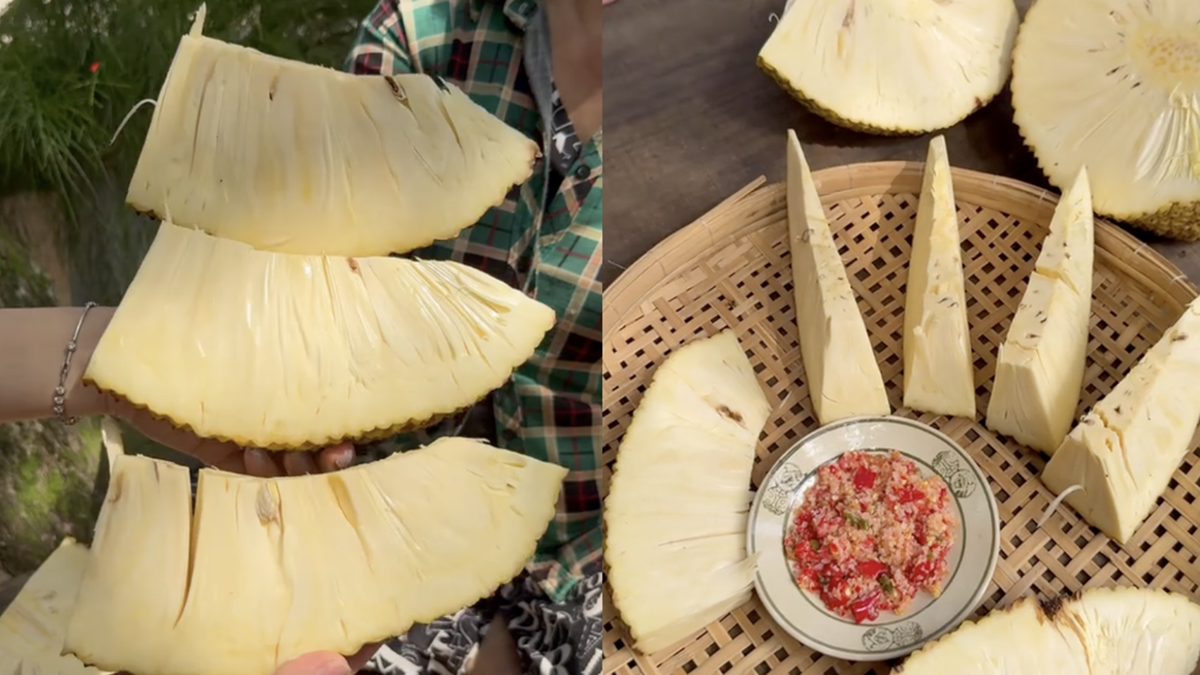


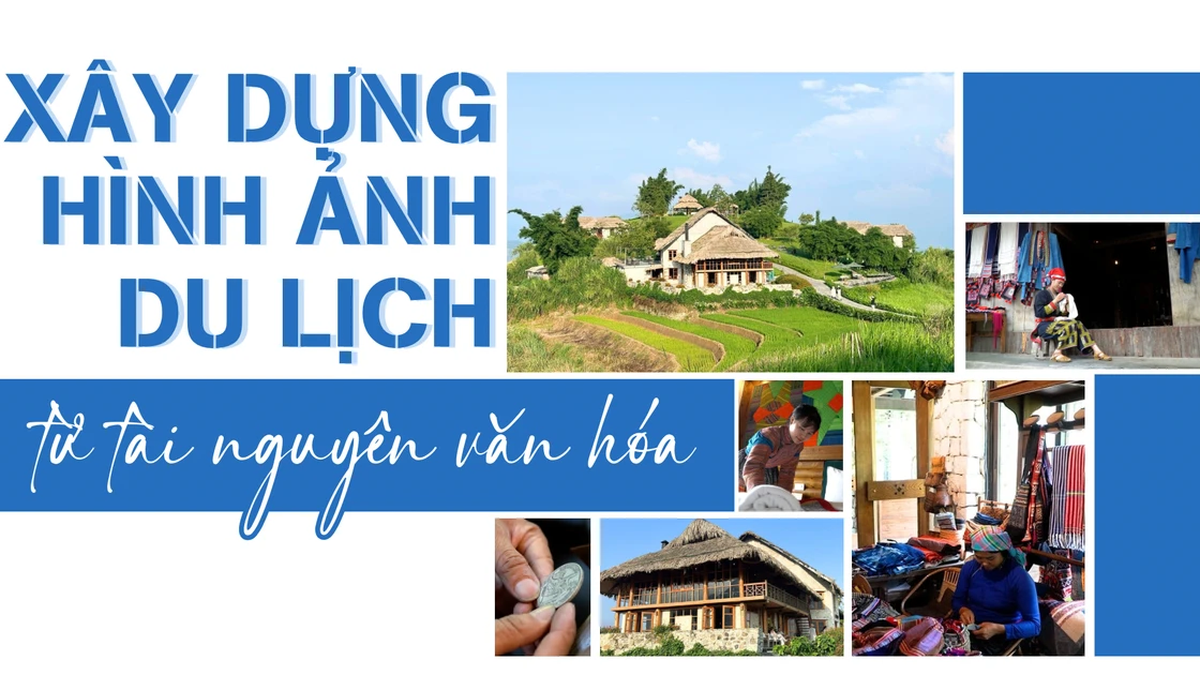












































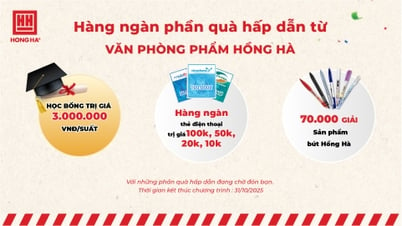



















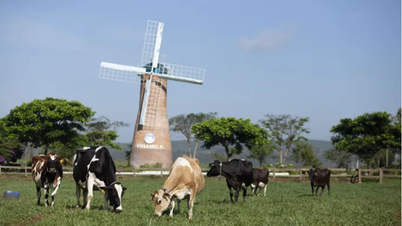

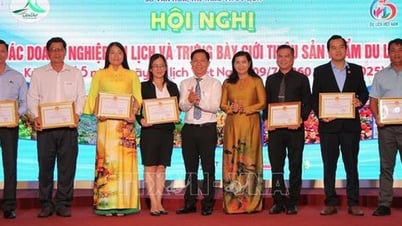











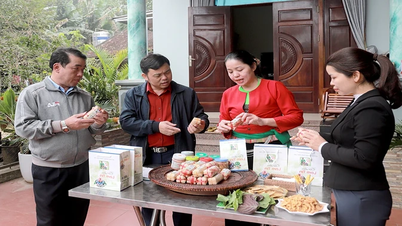






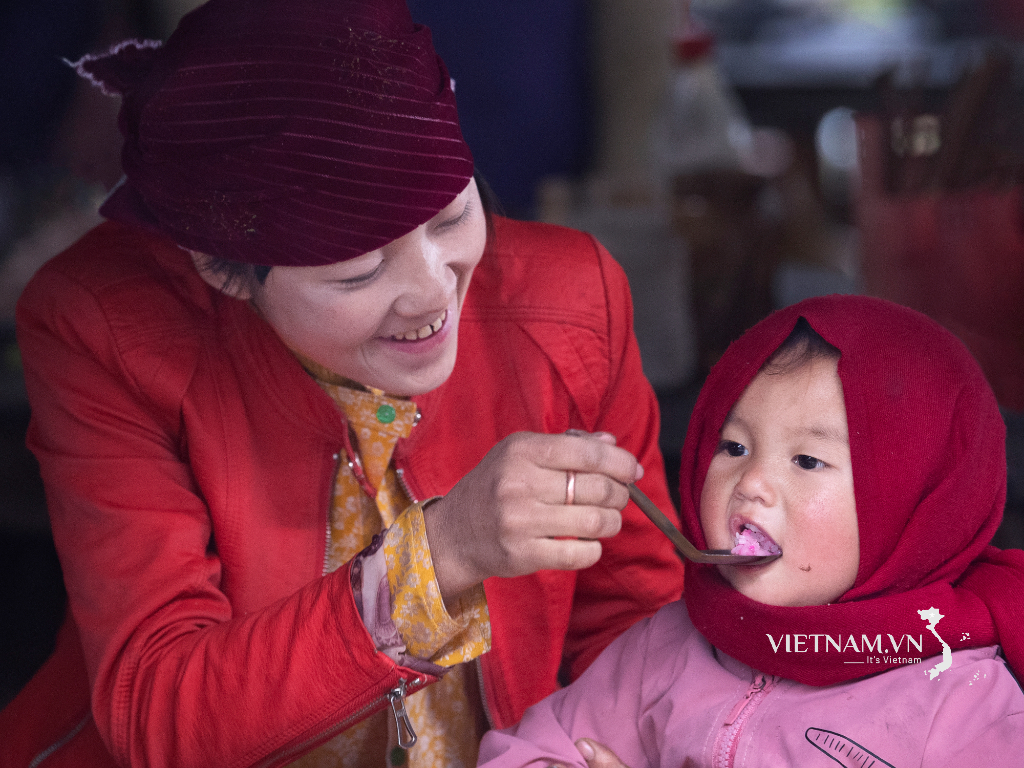


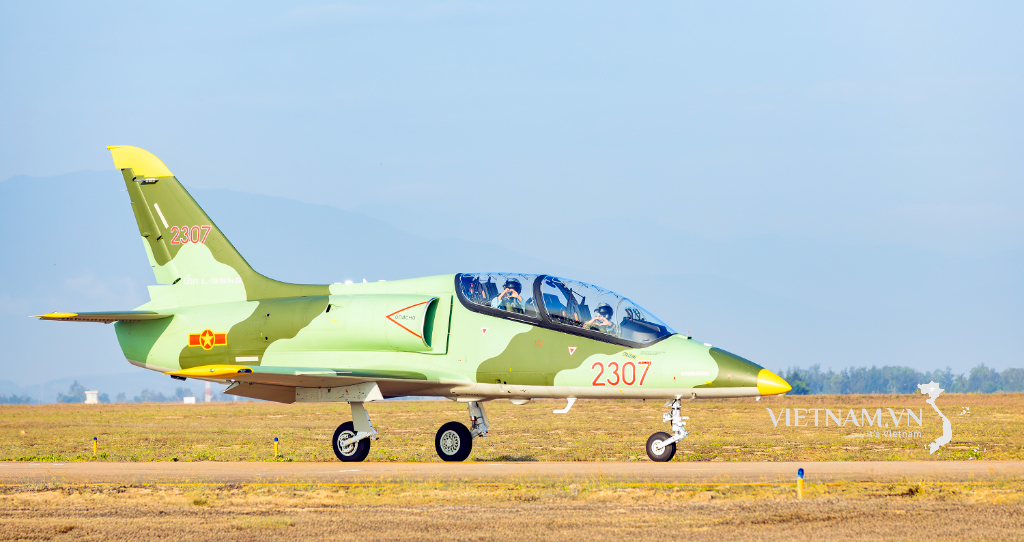
Comment (0)